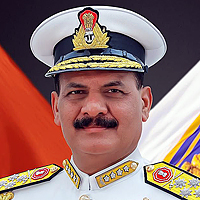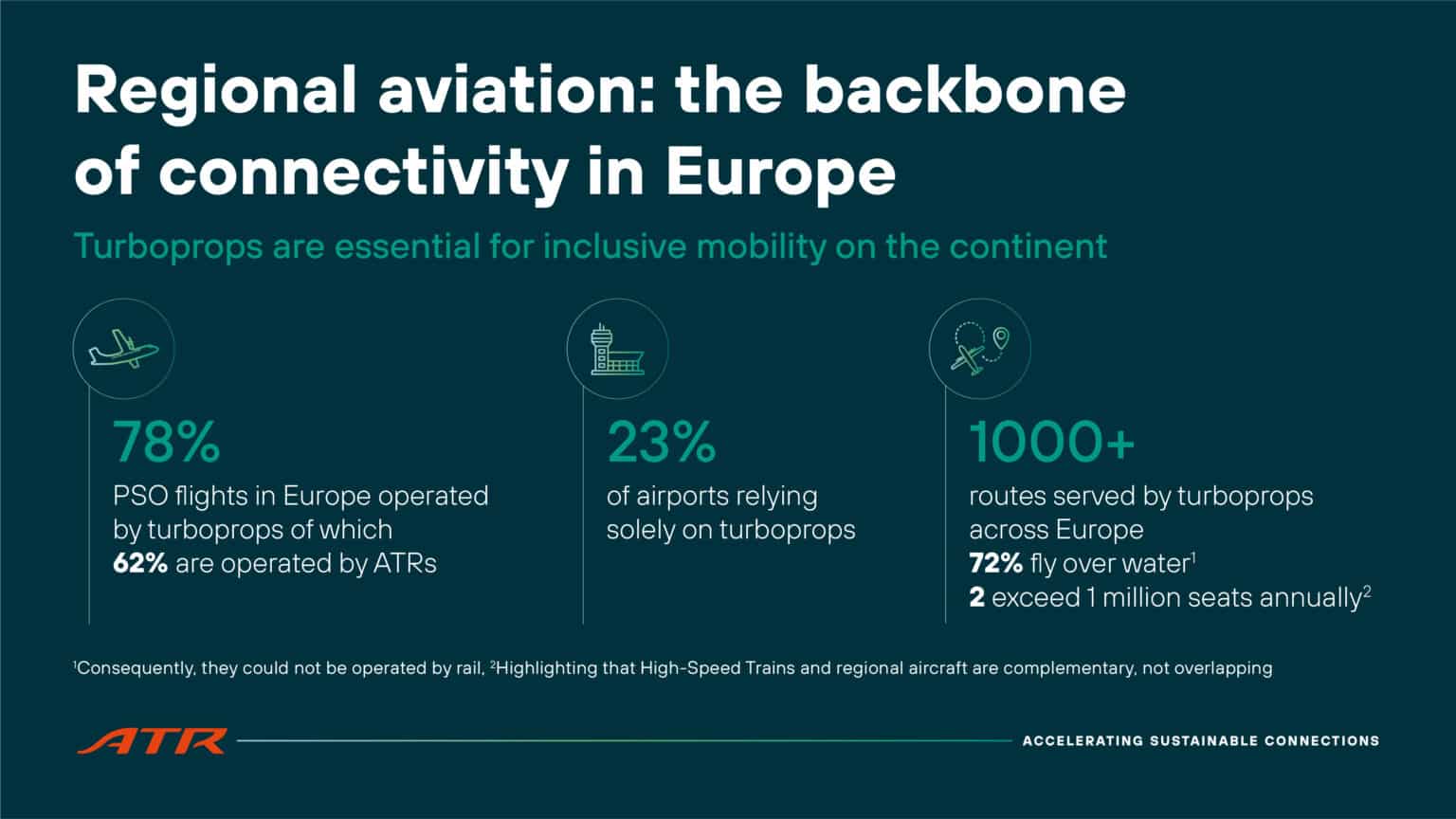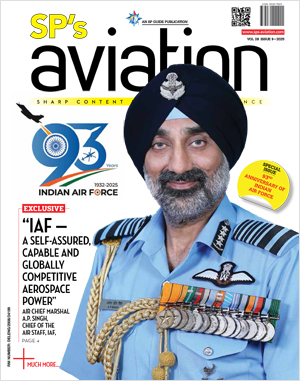INDIAN ARMED FORCES CHIEFS ON OUR RELENTLESS AND FOCUSED PUBLISHING EFFORTS

The insightful articles, inspiring narrations and analytical perspectives presented by the Editorial Team, establish an alluring connect with the reader. My compliments and best wishes to SP Guide Publications.

"Over the past 60 years, the growth of SP Guide Publications has mirrored the rising stature of Indian Navy. Its well-researched and informative magazines on Defence and Aerospace sector have served to shape an educated opinion of our military personnel, policy makers and the public alike. I wish SP's Publication team continued success, fair winds and following seas in all future endeavour!"

Since, its inception in 1964, SP Guide Publications has consistently demonstrated commitment to high-quality journalism in the aerospace and defence sectors, earning a well-deserved reputation as Asia's largest media house in this domain. I wish SP Guide Publications continued success in its pursuit of excellence.
- Rajnath Singh assumes charge as Defence Minister for the second consecutive term
- Interim Defence Budget 2024-25 — An Analysis
- Union Defence budget 2024
- Prime Minister Modi Flies in the LCA Tejas
- New Chapter in India-Italy Defence Ties
- Airpower beyond Boundaries
- Full address by Air Chief Marshal V.R. Chaudhari, Chief of the Air Staff
ATR Calls on EU Policymakers to Protect Regional Airlines and Safeguard Connectivity

As Europe faces the dual challenge of reducing emissions while preserving the mobility of its communities and businesses, ATR urges EU policymakers to adopt a proportionate, inclusive, and performance-based approach to regulation one that reflects the realities of regional operators and supports their vital role in Europe's mobility network.
Regional Airlines: Essential, Efficient, and Under Pressure
Regional airlines are the backbone of European connectivity. They serve communities that larger carriers won't reach, fly where rail won't go, where ferries are seasonal, and where roads are impractical. They connect students to universities, patients to hospitals, and families to each other.
Yet, despite their efficiency and essential role, regional operators are facing increasing regulatory pressure. The ongoing implementation of the Fit for 55 package risks undermining the very operators who are already doing the most with the least.
"Regional airlines are more than just carriers, they're lifelines," says Nathalie Tarnaud Laude, Chief Executive Officer of ATR. "They serve the most essential routes and are already leading the way in low-emission aviation. We must protect them, not penalise them."
A Proven Role in Sustainable Mobility
Regional airlines are adapting with agility: deploying smaller, more efficient aircraft to match demand, reduce emissions, and maintain service on thin routes. Their contribution to Europe's mobility and sustainability goals is clear:
- 88 per cent of Public Service Obligation (PSO) flights in Europe are operated by regional aircraft, 62 per cent by ATRs
- 23 per cent of European airports rely exclusively on turboprops
- Of the 1,000+ turboprop routes in Europe, only two exceed 1 million seats annually both inter-island routes in the Canaries. This threshold is typically where high-speed rail (HSR) becomes viable, highlighting that HSR and regional aircraft are complementary, not overlapping.

A Credible Path to Decarbonisation
Regional connectivity is a unique ecosystem, with specific needs, constraints and responsibilities. It cannot be treated like long-haul or high-density transport.
ATR offers a credible, tangible path to decarbonisation, tailored to the realities of regional aviation:
- The lowest-emission aircraft in its category: the ATR 72-600 emits 45 per cent less CO2 per trip than similar-size regional jets, and is the first sub-100-seat aircraft certified under ICAO's CO2 efficiency standard (CS-CO2), well ahead of the 2028 mandate
- A significant advantage in non-CO2 effects, operating at lower cruise altitudes where the formation of contrails is extremely rare
- 50 per cent SAF capability today, with 100 per cent expected by the end of the decade
- Proven profitability on low-demand routes: the lowest cost per trip regional aircraft in production <.
- A partnership with ATOBA Energy to explore mass balance systems, physical delivery solutions and regulatory support to make SAF accessible to all regional airlines.
Additionally, ATR has a clear roadmap to hybrid-electric flight by 2030. As part of EU's Clean Aviation's Ultra-Efficient Regional Aircraft (UERA) thrust, ATR will spearhead two ambitious development projects aimed at demonstrating the integration of hybrid-electric propulsion, advanced propeller systems and electrified aircraft systems on a regional aircraft. By 2030, ATR will achieve a world first: flying a hybrid-electric regional aircraft using an ATR 72-600 test bed.
"We're not waiting for the future, we're helping build it with tangible solutions that stand a real chance of passing the reality check," adds Tarnaud Laude. "Clean Aviation isn't a buzzword for us. It's a programme we're actively flying in, with real aircraft, real partners, and real impact."

Policy Recommendations: A Call to Action
To ensure regional aviation continues to deliver sustainable connectivity, ATR urges EU policymakers to:
- Apply anti-tankering rules proportionately, recognising the efficiency of turboprops
- Continue acknowledging the non-CO2 emission benefits of turboprops, thanks to their lower altitude operations and minimal contrail formation
- Design environmental criteria in PSO tenders around performance, not propulsion type
- Double EU funding for civil aviation research in the next Multiannual Financial Framework
- Ensure SAF deployment is inclusive and cost-effective.
A Stronger, Fairer Europe
Regional aviation supports 335,000 jobs, contributes 23.1 billion to the European economy, and ensures that Europe remains united, not just politically, but physically. With 72 per cent of ATR flights in Europe operating over water, many routes are irreplaceable by any ground transportation alternative.
"With 330 aircraft flying across the continent 25 per cent of our global fleet we know what a day in the life of a European regional airline looks like. Our operators are building bridges," says Alexis Vidal, ATR's SVP Commercial. "They connect people, ideas, and opportunities. That's the Europe we believe in."
ATR stands ready certified, flying, evolving to continue supporting the operators who make Europe move forward.





